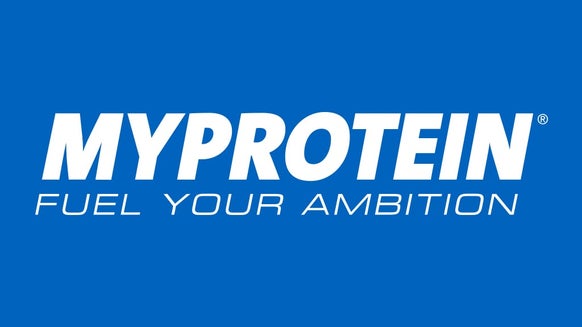ALLENAMENTO
Lento Con Manubri | Come Si Esegue? Muscoli Ed Errori Comuni

Dallo scrittore Myprotein Francesco Bussi, personal trainer.
Lento Con Manubri
Prima di spiegare l'esercizio “lento con i manubri” illustriamo un po’ di anatomia del muscolo delle spalle.
Il muscolo delle spalle si compone di tre capi muscolari quali:
- capo laterale del deltoide: la cui funzione principale è adduzione del braccio da 0° a 90°, antiversione e rotazione, retroversione e rotazione esterna;
- capo anteriore del deltoide: la cui funzione è quella di adduzione, antiversione del braccio e contribuisce a mantenere la testa dell'omero nella sua cavità;
- capo posteriore del deltoide: la cui funzione è quella di adduzione e rotazione laterale.

Slow with dumbbells: how is it done?

Common mistakes
excessively arching the lumbar area; work more with the triceps; extending the arms excessively; closing the elbows too much; keeping the elbows too open; use an excessive load.
Variations of the slow with dumbbells
Slow forward on an inclined bench: the execution is the same as the basic exercise but in this case the bench is inclined and the stretch is performed diagonally; great for working the anterior deltoid area, especially using less load and stretching sets. It is important to pay attention to the direction of execution especially when it comes to muscle exhaustion, this because there is a tendency to verticalize the movement. Slow forward with rotation or arnold press : We start with the palms of the hands facing the shoulders; during the execution, as the arms are extended upwards, the arm and forearm are also rotated until reaching the end with the classic position. Theoretically, this exercise was created to work all three heads of the deltoid, even if the front and side heads are increasingly stimulated. Slow forward to the multipower elbows closed: position equal to the basic exercise but in this case performed at the multipower. The bench is always slightly inclined and the head should be positioned slightly further from the barbell. Execution is the same as slow with dumbbells. Slow forward with Ez Bar: it is the same as the multipower exercise but in this case it is performed free with the ez bar (either standing or sitting on the bench, even if standing up stresses the back more). Always keep your elbows slightly open, remembering that if you close your arms too much, you have a greater activation of the pectoral muscle. Push the bar up, going slightly diagonally and not completely perpendicular to the ground.
6,49 €
Prima 12,99 €
RIsparmia 6,50 €
13,29 €
Prima 18,99 €
RIsparmia 5,70 €

Myprotein Scrittore ed esperto









